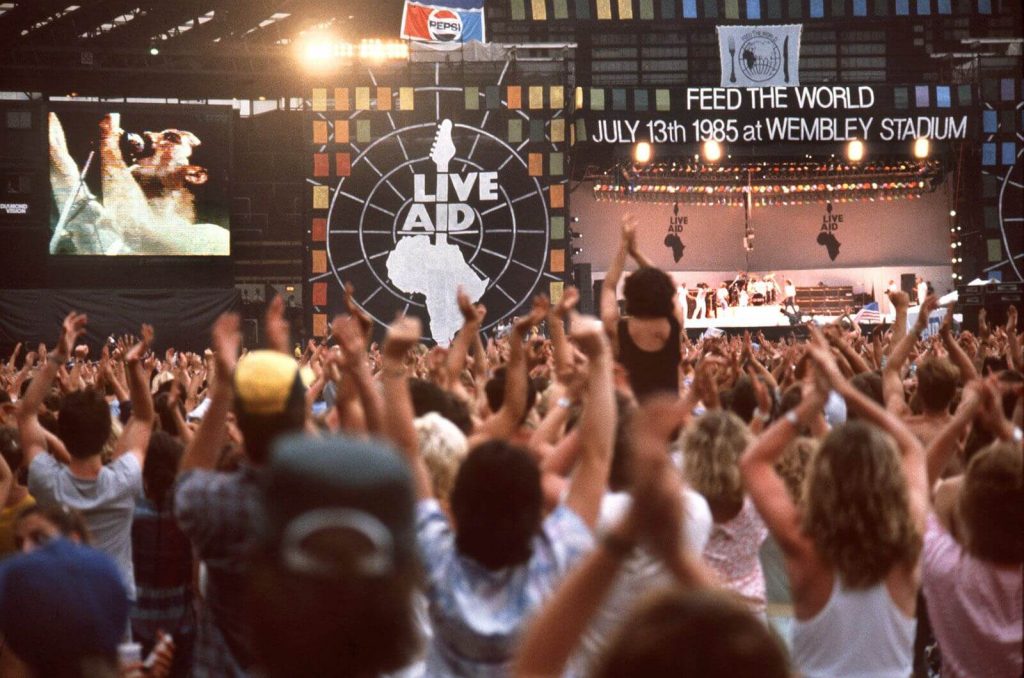Getting My "Justice Delayed, Justice Denied? Analyzing Backlogs and Efforts to Improve Court Efficiency" To Work

The Evolution of Courts: From Ancient Times to Modern Justice Systems
Courts have played a vital role in the development of communities throughout past. Coming from old times to contemporary justice systems, the concept of a court has developed significantly, mirroring improvements in lawful bodies, social rules, and political frameworks. This article will explore the progression of courts over time, highlighting essential milestones that have shaped the technique compensation is conducted today.
Ancient Courts
In historical civilizations such as Mesopotamia and Egypt, courts developed as central companies responsible for clearing up conflicts and preserving social purchase. These very early courts run under rigorous codes of rules, usually influenced through spiritual opinions and customs. The courts in these courts were typically spiritual authorizations or rulers who produced decisions based on their analysis of supernatural will.

As communities came to be more complicated, specialized courts began to surface. In ancient Greece, for instance, Athens created a body where residents could possibly bring their instances before preferred installations or courts made up of their fellow citizens. This marked a considerable switch towards even more participatory compensation devices.
Medieval Courts
During the course of the Middle Ages, courts went through further development as feudalism ended up being the leading political system in Europe. Feudal gods held territory over their regions and conducted fair treatment with manorial courts. These neighborhood courts dealt along with concerns such as land conflicts and slight illegal offenses.
At the same opportunity, clerical courts acquired prestige within Christian communities. These church-controlled tribunals possessed jurisdiction over ethical and religious concerns like relationship conflicts and heresy tests.
Renaissance Influence
The Renaissance time frame carried about significant improvements to court of law systems across Europe. The rediscovery of Roman regulation led to the facility of nonreligious public legislation codes that highlighted written laws rather than relying only on customary practices or religious sources.
This switch in the direction of lawful formalism paved the means for central imperial or state-controlled courts that targeted to give objective fair treatment located on organized laws somewhat than personal interpretations by leaders or religious innovators. The development of these courts, such as the French Parlement or the English Common Law courts, marked a parting from the approximate workout of energy and put the base for contemporary fair treatment devices.
Colonial Courts
As International powers grown their realms with manifest destiny, they carried their lawful units to brand new regions. Colonial courts were set up to conduct compensation in these locations, commonly mixturing local customizeds along with European lawful principles.
These courts participated in a critical job in preserving command over colonised populaces and settling disputes between native individuals and pioneers. Nevertheless, they were likewise criticized for enforcing foreign legal devices on aboriginal neighborhoods and frequently prioritizing the interests of early american electrical powers over neighborhood justice.
Find More Details On This Page of democratic nation-states in the 18th and 19th centuries led to additional reform of court systems. The tip of splitting up of powers ended up being central to present day fair treatment systems, with courts offering as individual companies liable for analyzing laws and making certain examinations on executive electrical power.
Today, the majority of nations possess complex court of law constructs that include lower-level test courts, intermediate appellate courts, and supreme or statutory courts. These hierarchies supply a system for allures and ensure regular analysis and application of regulations.
Furthermore, advancements in technology have changed the means courts run. Electronic filing systems have streamlined administrative procedures, while video conferencing has helped make it feasible for witnesses or accuseds to participate from another location. These technological advancements have boosted get access to to justice through minimizing costs linked with physical court of law appearances.
In conclusion, the evolution of courts from early opportunities to modern-day justice devices reflects social improvements and advancements in lawful thinking. From religious authorities helping make decisions located on blissful will to centralized state-controlled institutions led by codified laws, the principle of a court has happen a lengthy technique. Today's courts play a vital task in maintaining the guideline of legislation, supplying access to compensation for all participants of culture.
